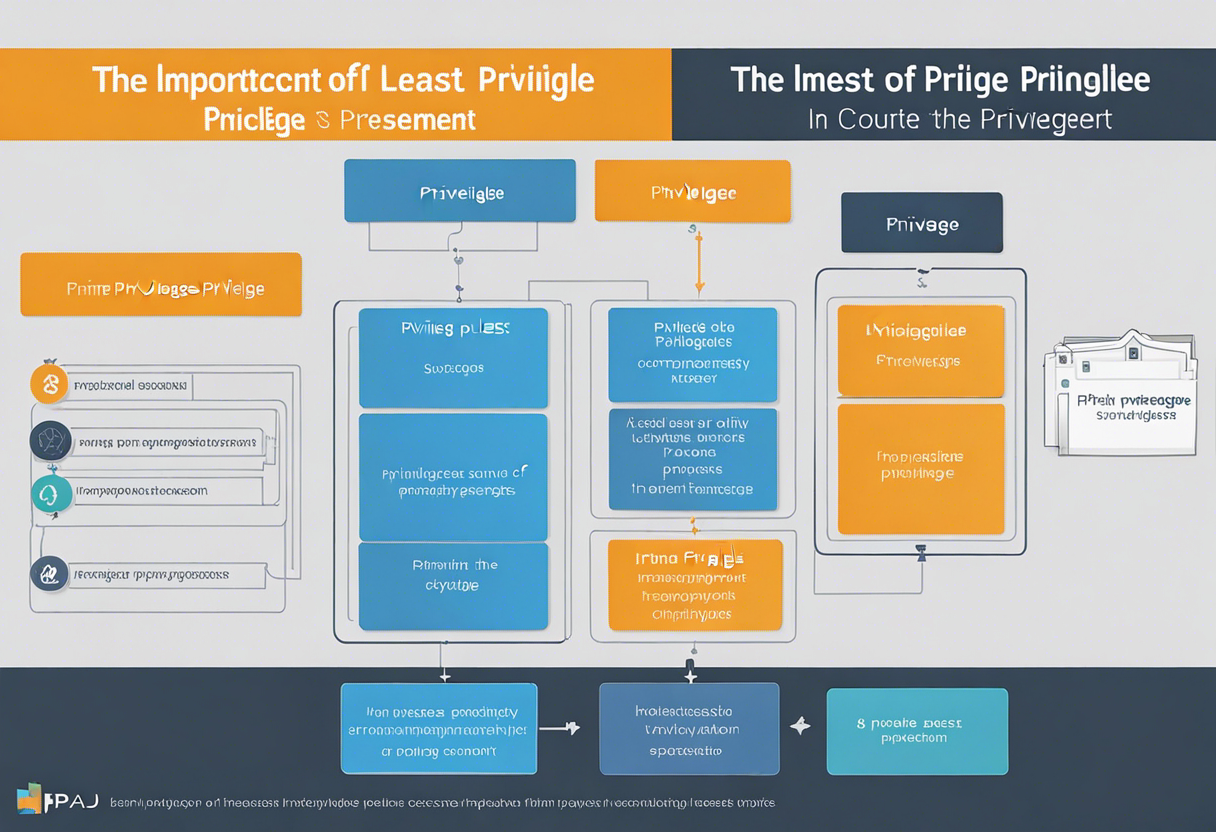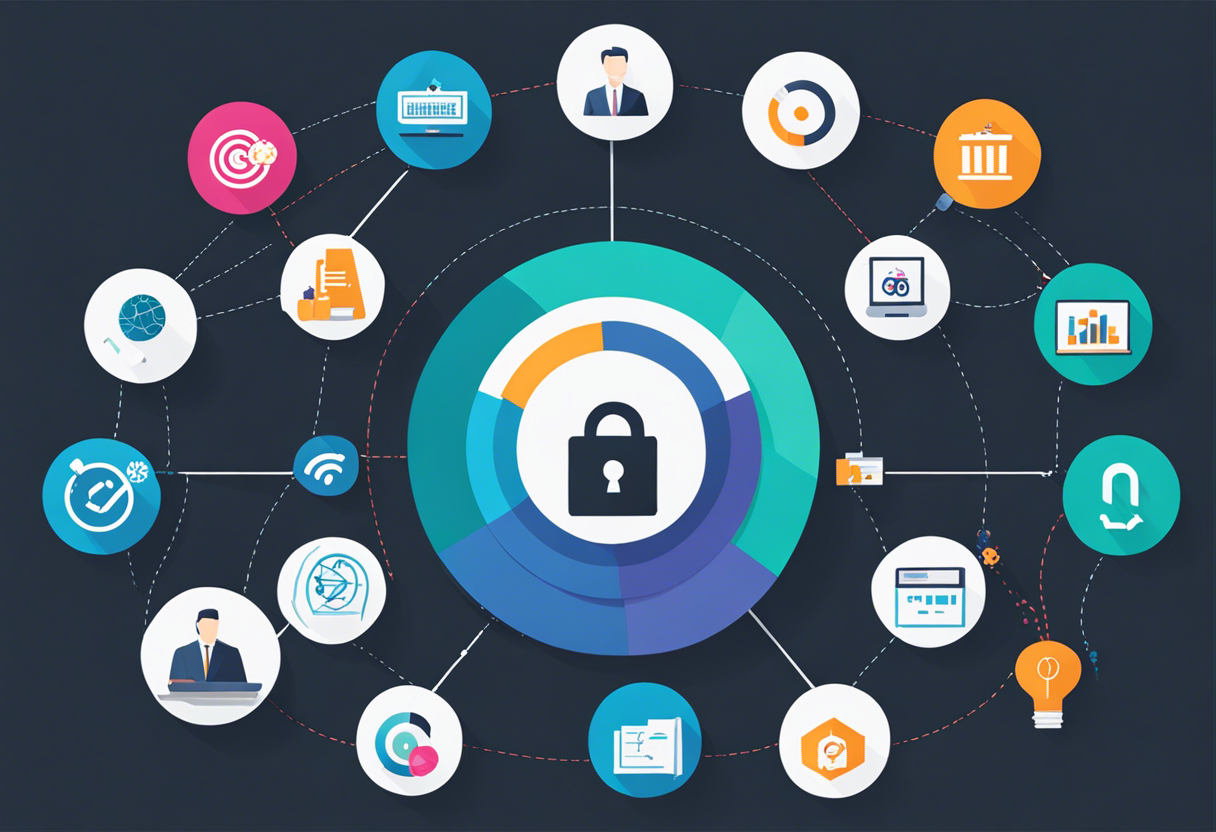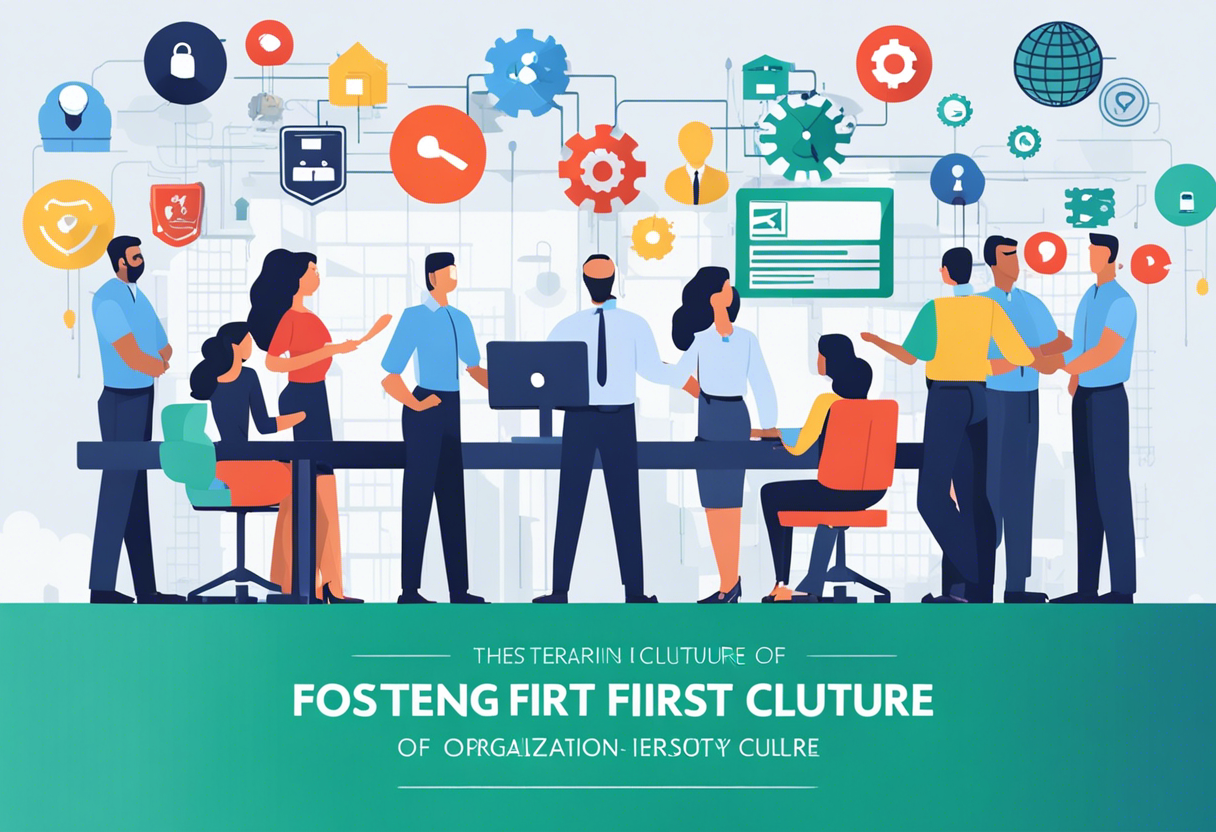Mastering the Art of Privilege Account Management: A Top 5 Guide to Unleashing Your Cyber Security Potential
To meaningfully unravel the tapestry of privilege account management, we need to first grasp its essence. Privilege account management (PAM) is a vital facet of cyber security, focusing on the oversight and operation of privileged user accounts. These high-level accounts have the power to make system-wide changes, hence posing a potential risk if compromised. By efficiently managing these accounts, organizations can significantly bolster their cyber security frameworks.
One of the key steps in PAM is identifying all privileged accounts within the system, which could be administrators, root users, or service accounts. Ensuring these accounts are meticulously inventoried provides a complete picture of the potential vulnerabilities in the cyber security ecosystem.
Once these accounts have been identified and grouped, implementing a strong password management system is crucial. Regularly changing and strengthening passwords drastically reduces the chances of breaches occurring - after all, an iron-clad lock is the first line of defence against intruders.
The Importance of Least Privilege Principle

Now, let's pivot our attention to the prime philosophy in privilege account management: the principle of least privilege (PoLP). This essential principle entails that every user, process, or system should have the least amount of privilege necessary to complete their tasks, and no more.
Limited access isn't just about keeping certain parties out. It's about making sure that the individuals who do have access within the system only receive the power they truly require.
This way, if a breach was to occur, the damages would be immediately limited, due to the encapsulated nature of each account's privileges. By implementing this principle organization-wide, you can prevent privilege escalation threats, further leveraging your cyber security potential.
Implementing Session Management

We can't discuss privilege account management without touching on session management - a process that oversees and controls active sessions within a system. Session management aims to safeguard the sensitive operations that are happening right in the heart of a system.
Monitoring all active sessions is a crucial aspect of robust session management. This allows IT admins to detect and react swiftly to any irregularities, effectively nipping harmful activities in the bud.
Beyond monitoring, the ability to terminate sessions at the first sign of anomaly is an active security measure that can be implemented to prevent potential intrusions or threats.
The Role of Auditing and Reporting

The power of auditing and reporting in privilege account management is not to be underestimated. With robust auditing, organizations gain critical insights into user activities, detect policy violations, and highlight potential threats before they escalate into larger issues.
By conducting comprehensive audits, organizations can identify unusual behavior patterns, flagging them as potential threats. Moreover, eliciting reports from these audits facilitate information sharing amongst security teams and allow them to focus on potential vulnerabilities.
Integrating Automation in Privilege Account Management

In today's rapidly evolving cyber landscape, automation is no longer a nice-to-have but a must-have. Automating aspects of privilege account management can accelerate processes, improve efficiency and most importantly, enhance security.
By automating routine tasks such as password changes and access reviews, you can reduce manual errors and free up your team to focus on more strategic tasks. Moreover, it ensures that no privileged account flies under the radar.
Fostering a Security-First Culture

Last but by no means least, is the human factor. While robust systems and processes form the backbone of effective privilege account management, fostering a security-first culture in the organization is just as important.
Employees should be trained to understand the potential risks of misuse and the importance of adhering to PAM principles. Additionally, regular workshops can be conducted to keep everyone updated on the latest threats and how to combat them. A team where every member is a stalwart guardian of security is the pinnacle of unleashed cyber security potential.







